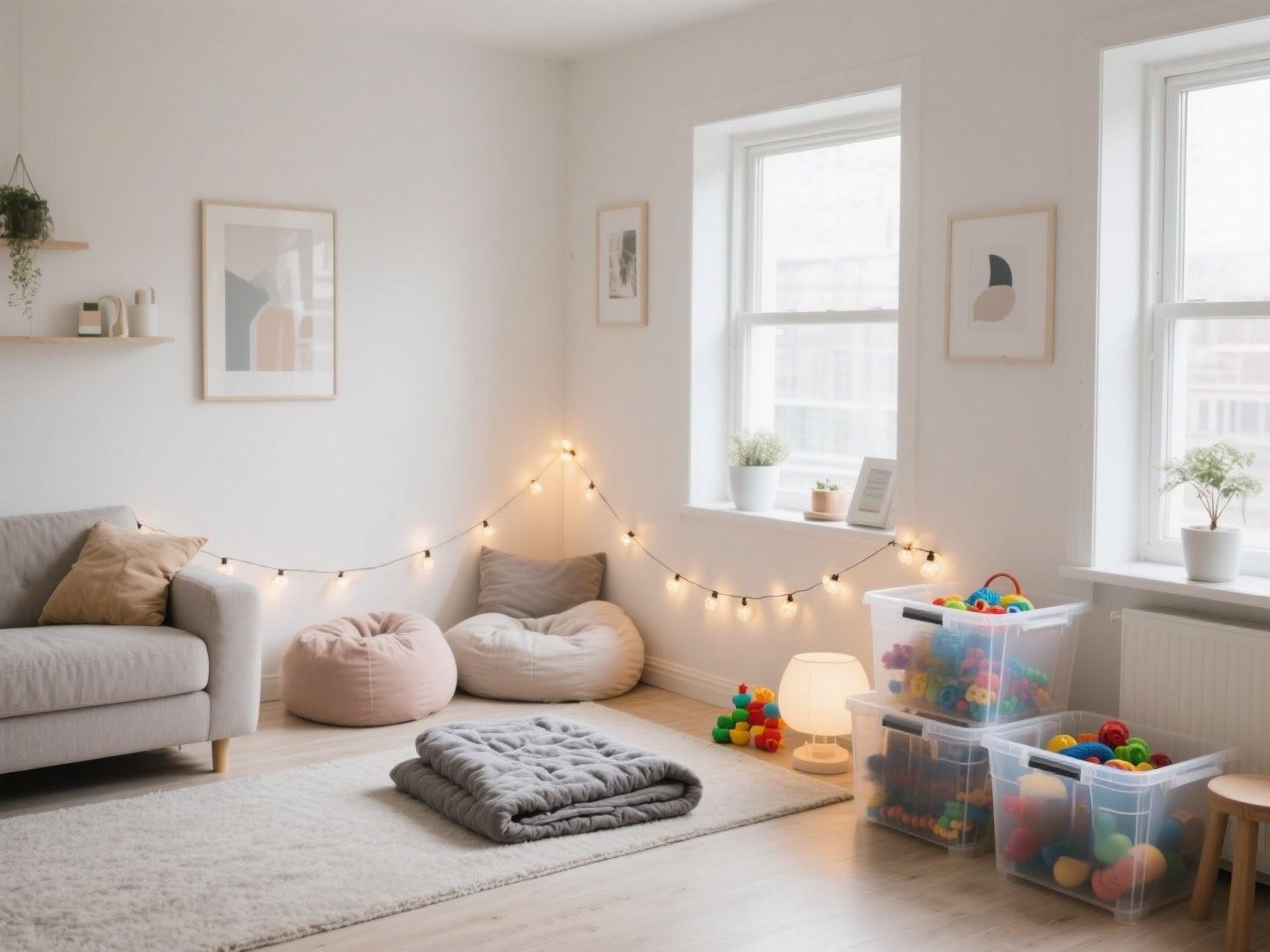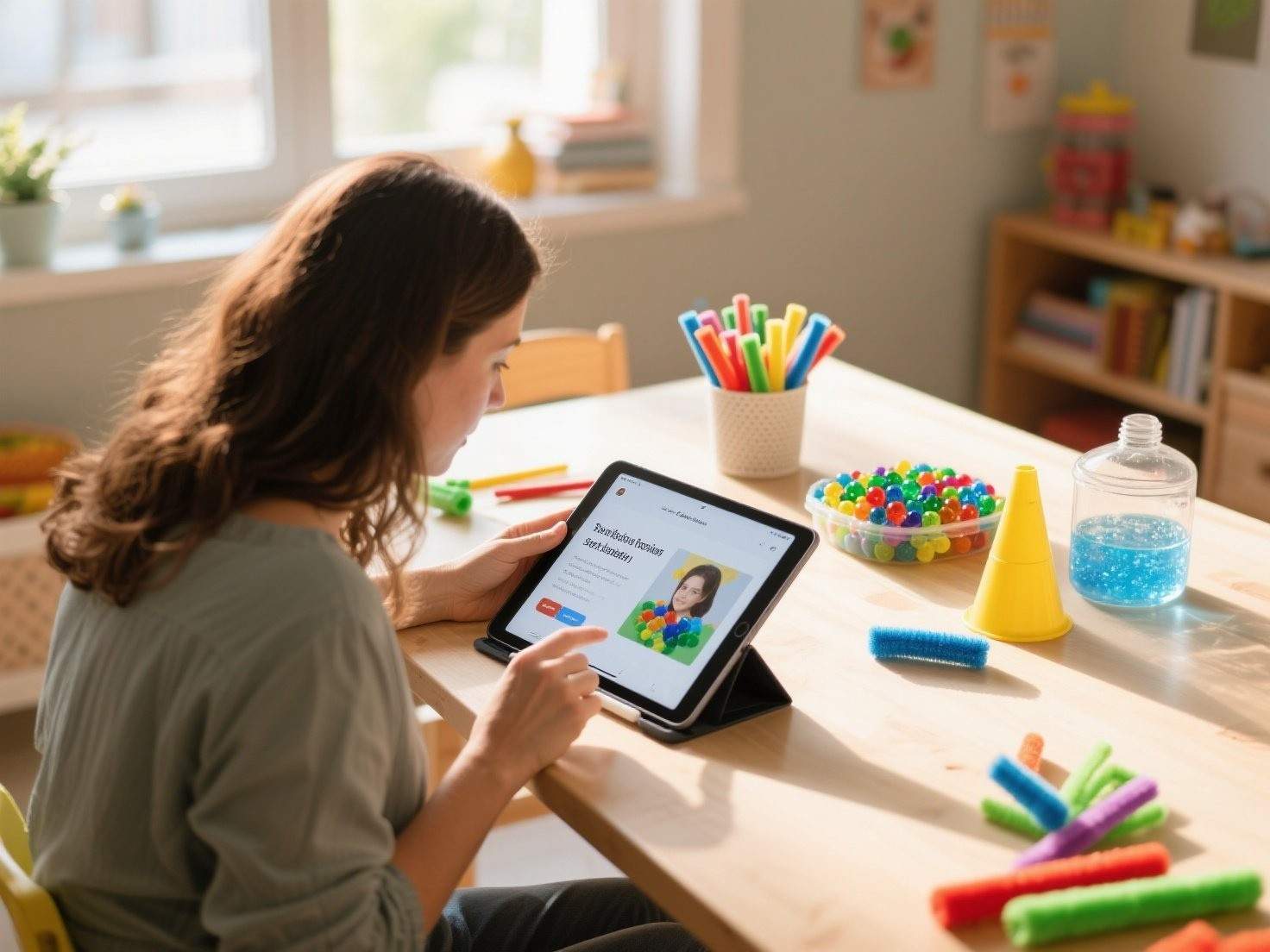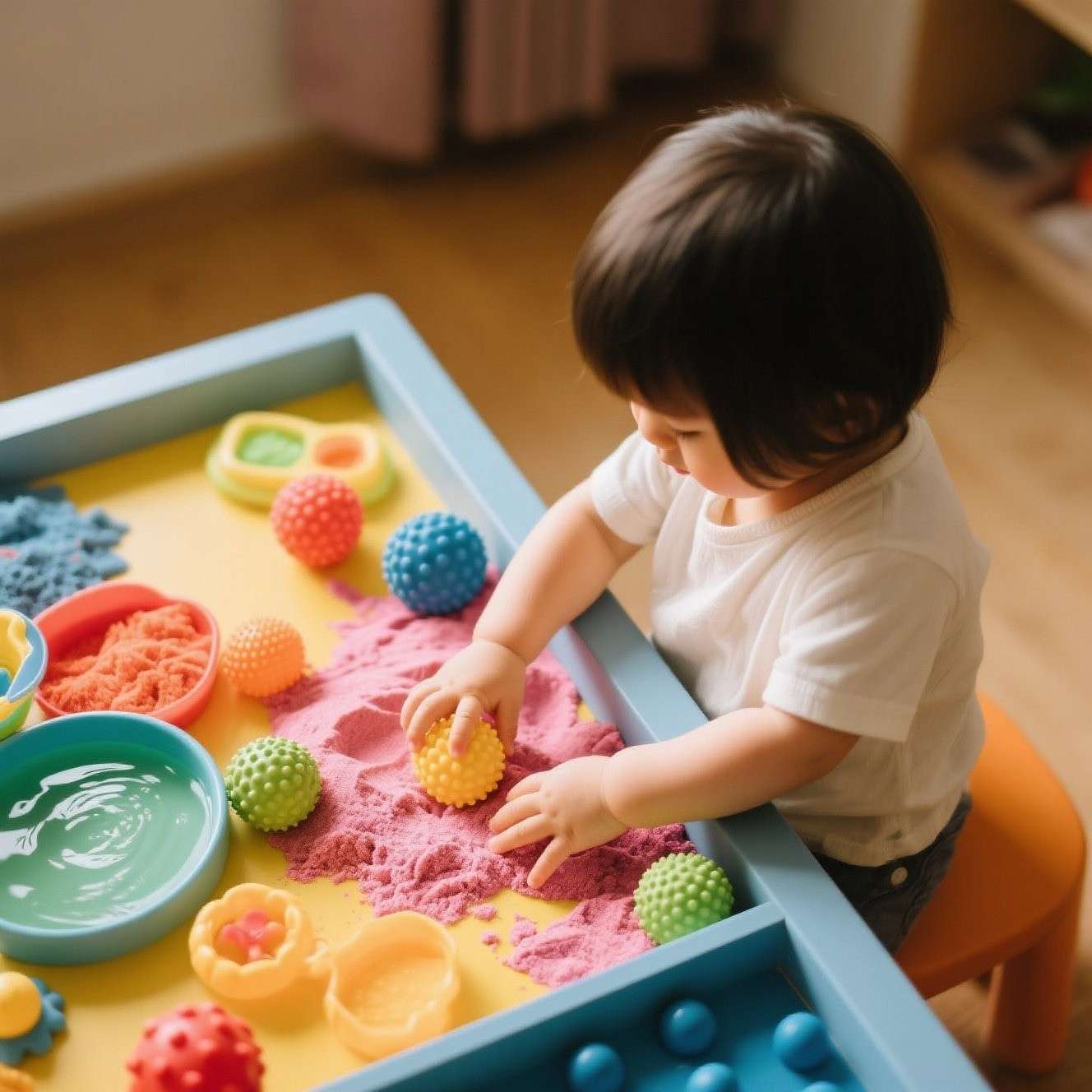Introduction to Sensory Activities
How to Incorporate Sensory Activities into Your Child’s Daily Routine starts by understanding what “sensory” actually means. Everyday our brains interpret information that comes in through the five well-known senses—sight, sound, touch, taste, and smell—plus two lesser-known ones: the vestibular sense (movement and balance) and the proprioceptive sense (body awareness). Sensory activities are intentional experiences that stimulate one or more of these channels so children can explore, organize, and respond to the world around them at their own pace.
Imagine the first time a toddler squishes play-dough. The vibrant color invites the eyes, the soft resistance challenges small muscles, and the faint salty scent adds another layer of discovery. That single moment is rich with neurological “data,” helping the child’s brain build stronger wiring for everything from handwriting grip to emotional regulation later in life. Sensory play is not a trendy add-on; it is a foundational ingredient in early development that teachers, occupational therapists, and pediatricians have championed for decades. By weaving tactile, auditory, visual, and movement-based moments into a child’s routine, caregivers create a gentle learning laboratory where curiosity drives progress.
Benefits of Sensory Activities for Children
- Enhances neural connections: Repetitive sensory input strengthens neural pathways, much like practice solidifies new piano scales. Over time, these reinforced networks help children process information faster and respond more smoothly to challenges—an advantage that spills over into reading, math, and problem-solving.
- Builds fine- and gross-motor skills: Pouring rice from one container to another strengthens wrist control, while hopping along a chalk outline hones balance. Each playful movement is a mini workout for muscles and joints, quietly laying the groundwork for shoe-tying, bike-riding, and even sitting upright at a desk without fatigue.
- Develops self-regulation: Sensory play can be alerting—think loud drums—or calming, like kneading a stress ball. When children have regular access to both stimulating and soothing activities, they learn to read their own internal “energy gauge” and reach for what they need to stay balanced.
- Boosts language and social skills: Sensory bins naturally invite descriptive words (“crunchy,” “slippery,” “sparkly”) and cooperative problem-solving (“Let’s build a longer marble run together”). Rich vocabulary and teamwork bloom organically when kids share discoveries.
- Encourages creativity and scientific thinking: From observing how water beads expand to predicting which objects sink in a tub, children practice hypothesis-testing in a pressure-free environment. This hands-on inquiry feeds an engineering mindset long before formal science lessons begin.
Easy Ways to Incorporate Sensory Activities into Daily Routine

- Morning wake-ups: Swap the jarring alarm for soft instrumental music or birdsong to provide gentle auditory input. Let your child choose between a textured loofah or a smooth washcloth during the morning wash—an easy tactile choice that doubles as a vocabulary builder.
- Mealtime magic: Offer a “rainbow tasting plate” with crunchy carrot sticks, silky avocado slices, and tangy pineapple chunks. Talking about colors and textures while chewing primes the senses and expands picky palates.
- Homework pit-stop: Keep a basket of quiet fidgets—silicone pop-its, therapy putty, or a smooth river stone—near the study table. Manipulating a small object gives restless fingers a job, often improving focus on reading passages or math drills.
- Outdoor errands: Turn the walk to the car into a mini-balance game by asking your child to heel-to-toe along the curb. On grocery runs, invite them to guess which apples feel heavier or which herbs smell strongest, adding multisensory interest to a routine chore.
- Bedtime wind-down: Replace screens with a dim-lit “sensory story corner.” Read under a weighted blanket, diffuse lavender oil, or shine a slow-moving star projector on the ceiling. Layering calming sensations signals the nervous system that it’s safe to slow down.
Sensory Activities for Different Age Groups

Infants (0-12 months).
- Visual tracking: Gently sway a high-contrast black-and-white card left and right.
- Tummy-time textures: Place baby on a crinkle mat or atop a fuzzy blanket to stimulate touch while strengthening neck muscles.
- Sound discovery: Hang soft jingle bells on a ribbon within batting reach; the cause-and-effect lesson delights tiny ears.
Toddlers (1-3 years).
- Messy masterpieces: Fill a shallow tray with whipped cream “paint” and food coloring; finger strokes build pre-writing skills.
- Scooping stations: Provide dried beans, cups, and funnels for endless pour-and-dump fun—great for proprioception and volume concepts.
- Obstacle paths: Tape floor lines to jump over or tunnels to crawl through, engaging the vestibular system and burning extra energy.
Preschoolers (3-5 years).
- Scented play-dough lab: Mix essential oils like peppermint or lemon into homemade dough, then ask kids to match smells with picture cards.
- Light table experiments: Translucent shapes on a lit surface sharpen visual discrimination while introducing basic geometry.
- Sound-matching game: Fill opaque eggs with pairs of materials (rice, buttons, sand) and challenge children to shake and find the twins.
Early elementary (6-8 years).
- Nature rubbings: Use crayons to capture bark or leaf textures, blending art with botany lessons.
- DIY musical jars: Water-filled glasses tuned to different pitches encourage ear training and fractional thinking when measuring fills.
- Yoga stories: Combine imaginative narratives with pose sequences to refine balance and core strength.
Tweens (9-12 years).
- Cooking challenges: Measuring spices heightens olfactory input, while kneading dough refines tactile discrimination.
- Digital scavenger hunts: Use a phone camera to search for objects of varying textures or colors outdoors, merging technology and movement.
- “Blind” building: Assemble LEGO® models while wearing a sleeping mask, relying on touch and verbal collaboration.
Creating a Sensory-Friendly Environment at Home

- Designate zones: A “loud corner” with instruments and a “quiet nook” with plush cushions empower children to choose stimulation level as mood dictates. Simple visual cues—colored tape or signage—mark each space.
- Layer lighting: Harsh overhead bulbs can overwhelm sensitive eyes. Pair natural daylight with adjustable lamps or soft-white LEDs so ambiance shifts easily from energizing play to calm reading.
- Mind the clutter: Overcrowded rooms bombard sight, making it harder for kids to filter important information. Rotating toys and using clear bins labeled with pictures maintains order and invites independent selection.
- Stock versatile tools: Low-cost staples—rice tubs, bubble wrap, pipe cleaners, foam rollers—fit multiple age ranges and developmental goals. Store them in a transparent “sensory toolbox,” ready for impromptu exploration.
- Respect individual thresholds: One child may crave spinning on a swivel chair, while another might prefer gentle rocking. Observe body language: huge smiles and relaxed shoulders signal “just right,” whereas grimaces or cover-the-ears moments mean it’s time to adjust intensity.
Resources for More Sensory Activity Ideas

- Occupational therapy blogs. Sites like The Inspired Treehouse and Your Kid’s OT publish step-by-step projects crafted by licensed therapists, ensuring safety and developmental relevance.
- Library booklists. Search for titles such as Sensational Play by Casey Patch or 101 Games and Activities for Children With Autism by Tara Delaney; both brim with adaptable, budget-friendly ideas.
- Educational subscription boxes. Companies like KiwiCo and Little Passports curate monthly kits with tactile crafts and science experiments, saving busy parents the prep work.
- Community workshops. Many children’s museums, early-intervention centers, and park districts host sensory hours with dimmed lights and reduced noise for newcomers to test equipment without crowds.
- Social media inspiration. Instagram hashtags like #sensorybin and #playbasedlearning reveal global creativity; just remember to supervise and tailor any activity to your child’s abilities.
Conclusion
Incorporating multisensory experiences doesn’t require specialized rooms or expensive gadgets; it thrives on everyday moments—kneading dough together, crunching leaves on a nature walk, or dimming the lights for a lavender-scented bedtime story. By sprinkling varied textures, movements, sights, and sounds throughout the day, you give your child a richer “sensory diet” that fuels cognitive growth, emotional resilience, and unbridled curiosity. Start small, observe which experiences spark joy or calm, and gradually layer new challenges. In doing so, you’ll craft a daily routine that not only entertains but also equips your child with lifelong tools for learning and self-regulation—all while strengthening the bond you share along the way.





